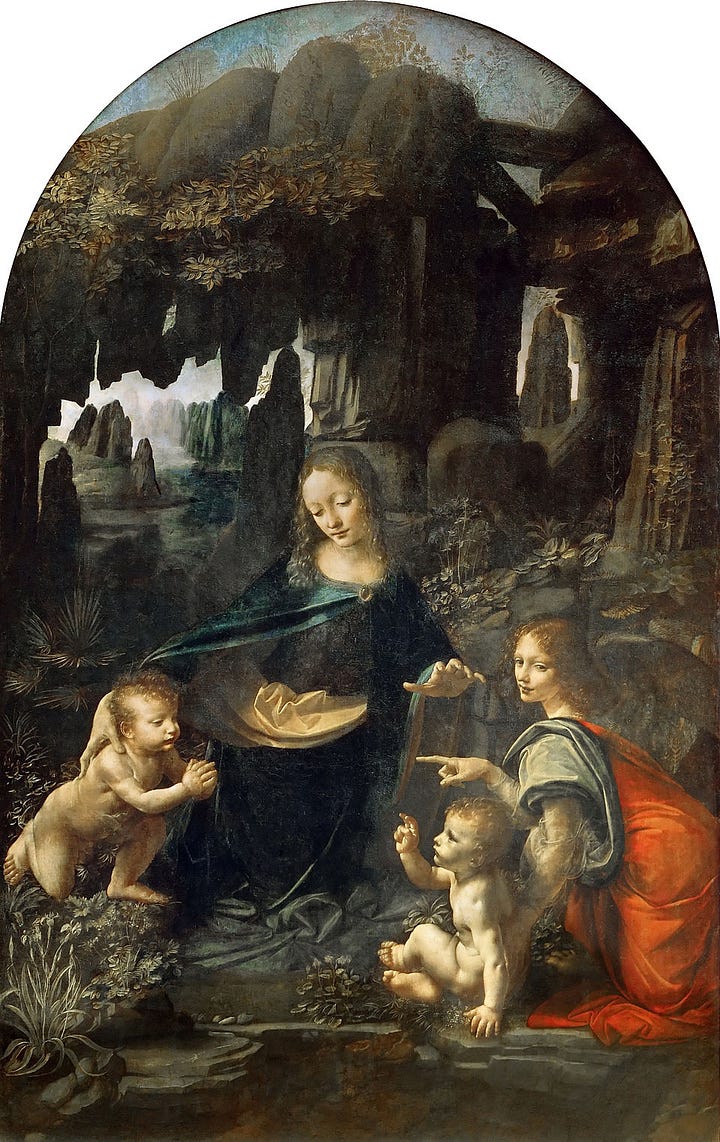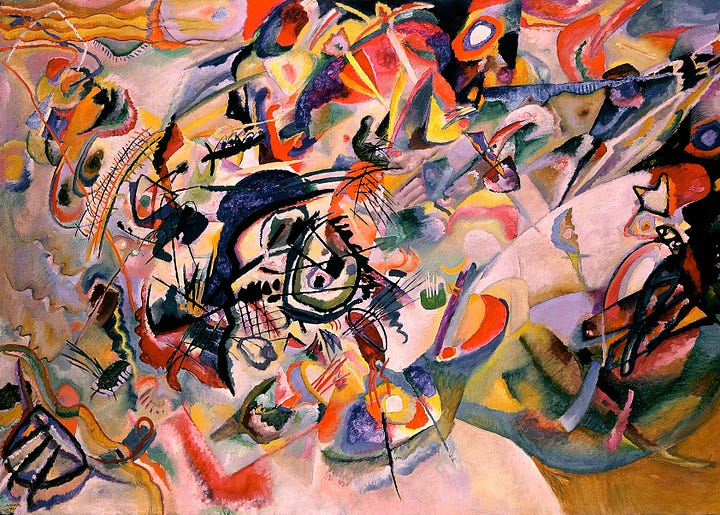Imagine looking at a Leonardo and a Kandinsky at the same time. Say, for instance, that Virgin on the Rocks and Composition VII were hanging side by side. Which one would you see as better? Which would you say is worth more? Which would you say took longer to create? Probably the Leonardo.
Whether we realize it or not, our perception of effort impacts of evaluation of art. We tend to prize things more highly when we think more effort goes into them. Virgin on the Rocks clearly took Leonardo some time–decades, in fact. Composition VII, on the other hand, was completed in just three days. We sense this intuitively, and we ascribe value judgments to two paintings that can never be compared objectively.


One of the key differences between these works is that Leonardo’s appears to be the result of sustained effort; while Kandinsky’s emerges as the sporadic product of an idea. As wrong as this may be, we therefore perceive the former as more valuable; we equate effort with value. That’s why we’re willing to spend less on art that appears easy to make–unless, of course, there’s a master’s name attached to it.
Effort is a cue that leads us to evaluate an artwork as worth more.
This is where size comes in. We’re drawn to think that bigger artworks require more effort than their smaller counterparts. Although that’s not necessarily true, we’re still more likely to evaluate a giant canvas as worth more than a small one, even if the latter is of higher technical and artistic merit.
There’s another edge to this, too. Abstract works like Jackson Pollock’s, be those Number 1A or Number 31, tempt us to think we, too, could have created them. This, in turn, decreases the object’s perceived value and subdues our willingness to spend. Naturally, the conviction that “I could have made this” is very wrong, and I will share why in another post.
Irrationally yours,
Dan Ariely











